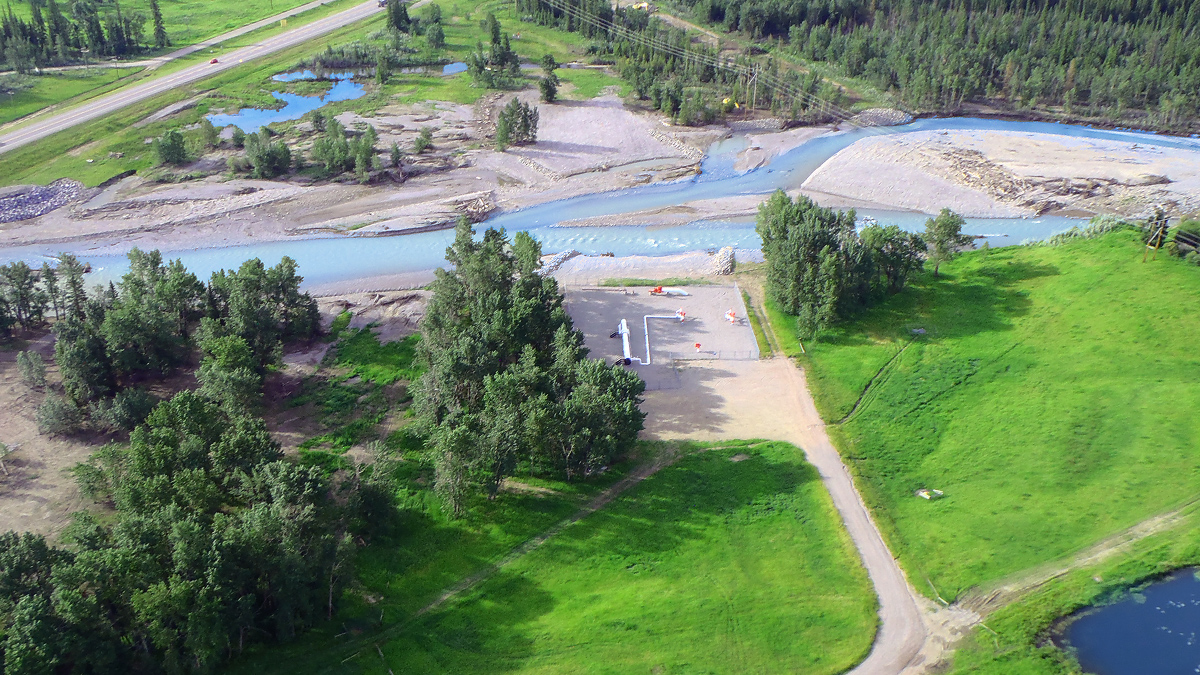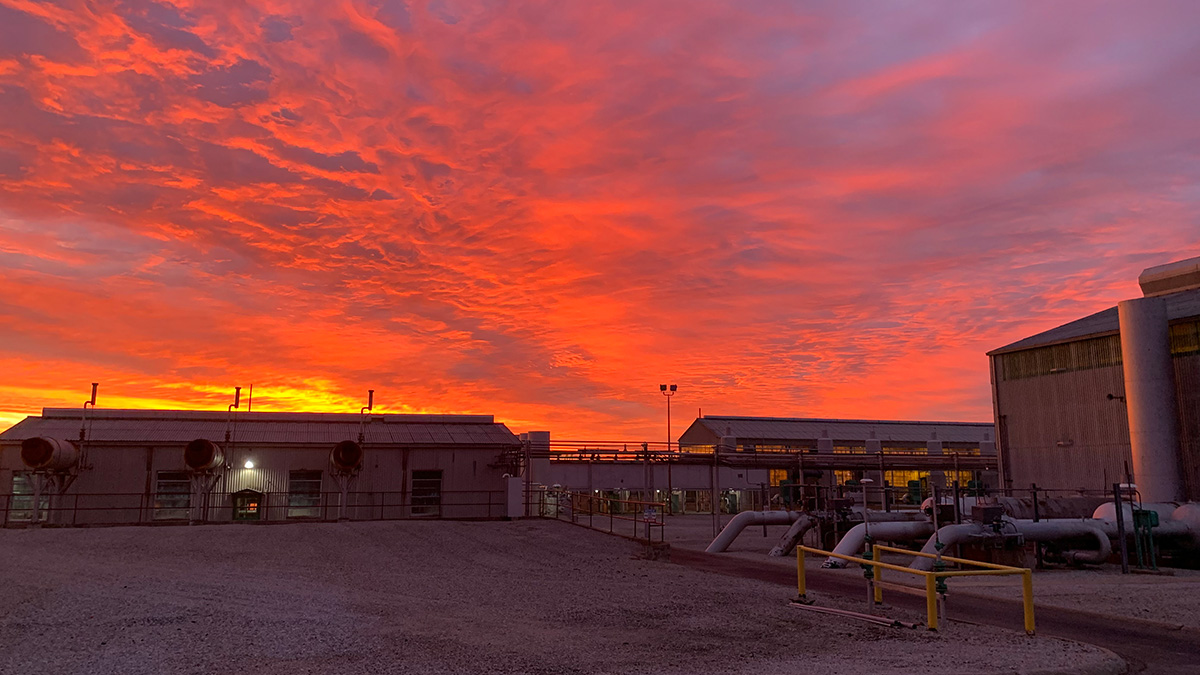Apr 8, 2024
CASE STUDY:
Re-training a river
In June 2013, heavy rainfall triggered catastrophic flooding in major southern Alberta rivers. The one-in-200-year flood exposed four of the natural gas pipelines on our NGTL System where they cross the rivers – creating a potential issue that needed to be addressed. The project team used a mix of soft engineering and bioengineering practices to “re-train” the river – essentially giving the river new engineering skills to help it do a different job, all the while minimizing the company’s environmental footprint.
For example:
- On the Simonette River pipeline remediation project, groynes were built to deflect water away from the river bank to prevent further erosion, channeling the flow of water to its original path so that debris and sediment would be deposited in the back eddies, thus reinforcing the eroding bank and establishing new habitat for fish.
- On another project, an in-channel sill was created. A trench was constructed downstream of the pipeline and filled with rock so that the depth of cover over the pipeline would increase as the river naturally picked up and deposited granular material at the sill.
Read the full story to learn more about how our creative engineering solutions were successful on these water crossing projects.




